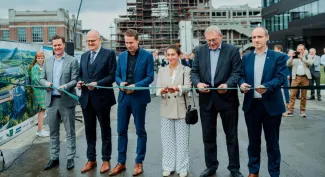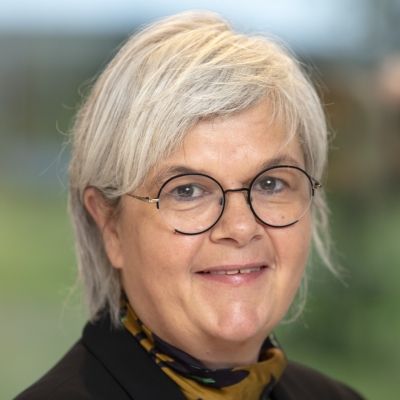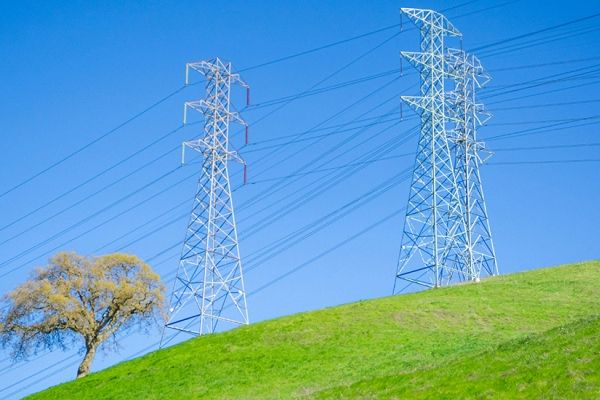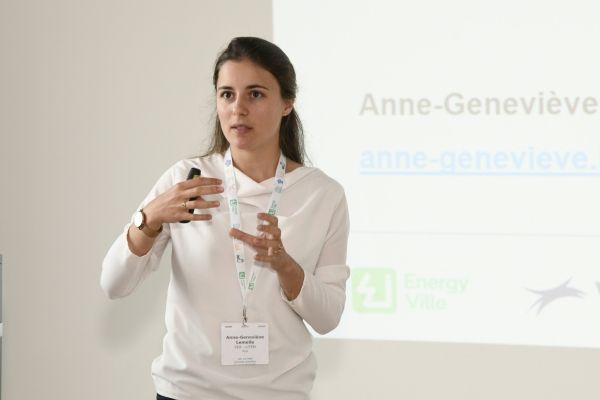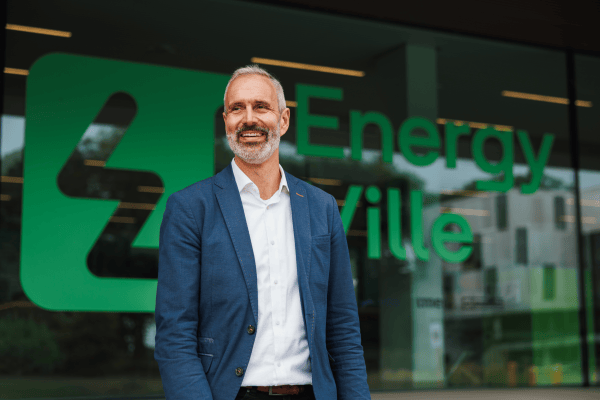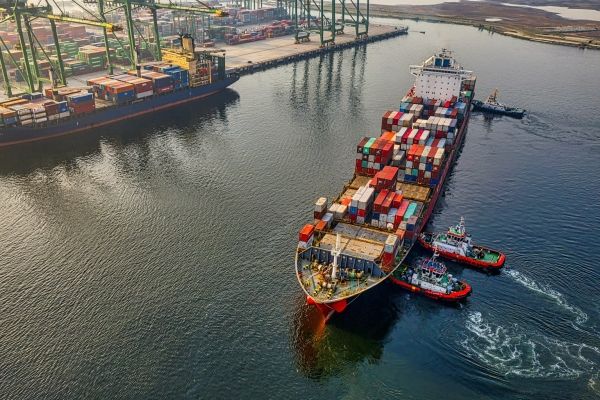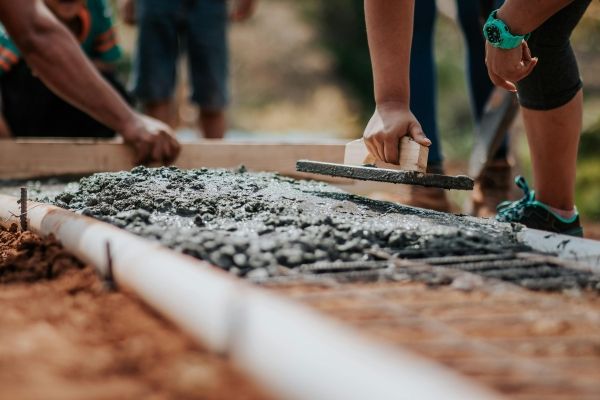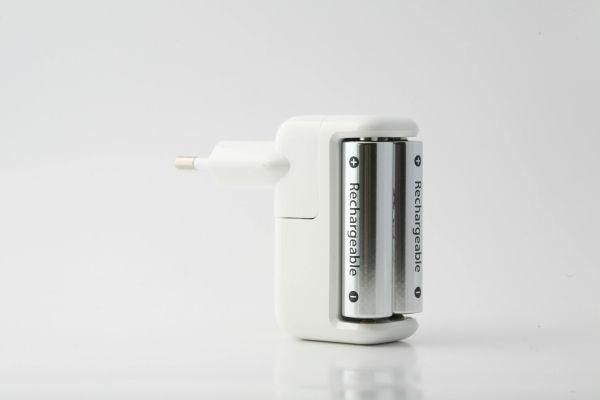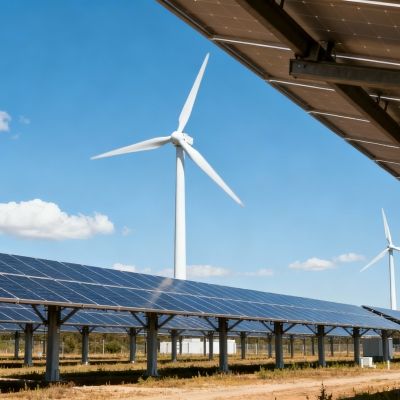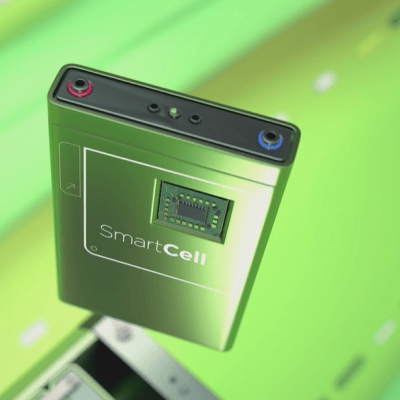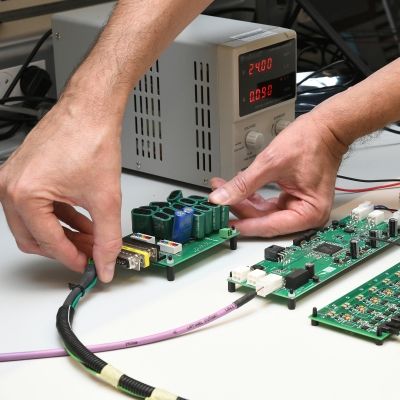EnergyVille expands Open Thor Living Lab with innovative thermal network and new research buildings
Today, with the help of Flemish Minister of Economy and Innovation Jo Brouns, Flemish Minister of Energy Zuhal Demir, and Mayor of the City of Genk Wim Dries, two new infrastructure projects of the EnergyVille research collaboration – CollecThor and THOREAQ – have officially been inaugurated. Both projects are part of the Open Thor Living Lab – a living energy lab that spreads its wings over Thor Park, the New Texas social housing estate, the Waterschei garden districts, and KRC Genk – and form an important steppingstone for innovative research into new construction techniques and heating technologies.
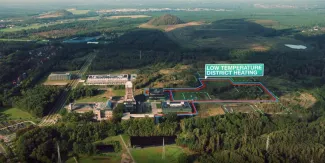
CollecThor: underground exchange of heat and cold
It does not need much explaining these days that heat and cold are important energy carriers. Additionally, the heating and cooling of buildings offers great potential for sustainability. CollecThor – the 5th generation district heating network launched at Thor Park today – aims to explore the maximum potential of intelligent district heating networks. The intention is to heat and cool buildings sustainably, and to exchange and store a maximum of residual heat and cold via an underground district heating network. In this first phase, the existing buildings of Thor Park (Thor Central, IncubaThor, EnergyVille 1 and 2) and 8 additional vacant plots will be connected to this network.
THOREAQ: testing new construction and energy techniques in two identical test buildings
Work is also to be done in the field of sustainable construction and renovation. 40% of European energy demand takes place in buildings, resulting in a share of 36% of all European CO2 emissions.
Innovation and upscaling are therefore essential. THOREAQ – which, like CollecThor, was presented today – aims to develop a permanent research infrastructure in which – together with industry – innovations in renovation techniques, improvement of indoor air quality and integration of energy systems in real conditions can be tested and validated. This entails, for example, product innovations (integrated techniques, improved heat pumps or ventilation systems), but also the smart control and seamless interaction between these techniques.
The infrastructure will consist of four units: a technical hall, a site lab and two identical buildings with the morphology of residential buildings, equipped with redundant techniques and an extensive set of measuring equipment. In the two identical test buildings, these technologies can be tested alongside each other via so-called A/B tests. For example, if we want to know how different heat pumps perform in combination with different insulation techniques, storage systems or sun blinds, we can do this in the two test buildings, which will be inhabited by virtual inhabitants.
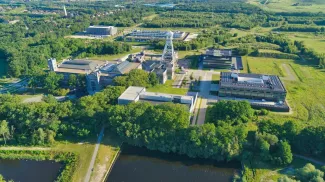
Open Thor Living Lab: a living lab with real end users
Both infrastructure projects are part of the Open Thor Living Lab, the large-scale energy lab that spreads its wings over Thor Park, the New Texas social housing estate, the Waterschei garden districts, and KRC Genk. It is a unique infrastructure environment where innovation comes to life, and where governments, companies and citizens are also actively encouraged to exchange knowledge.
